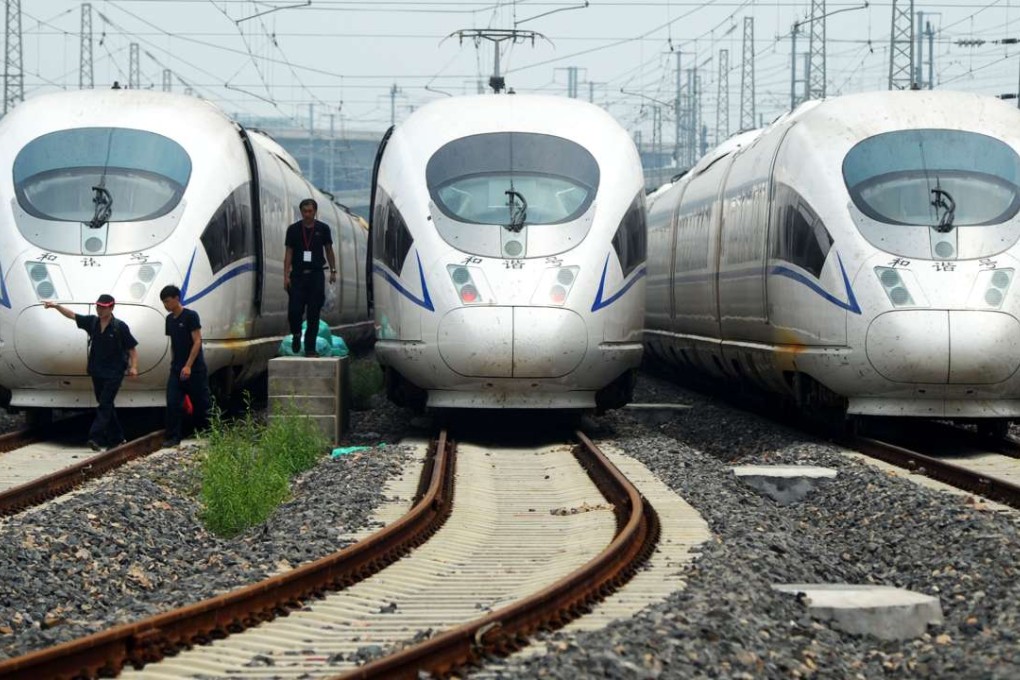Beijing is on track to meet its five-year goals
Andrew Leung says the tasks ahead are daunting, and observers may be sceptical, but past performance suggests that China will meet its economic and financial targets

China’s five-year plan to 2020 aims to shift to higher value-added and more sustainable development, doubling 2010’s national income by 2020. Many China-watchers remain unimpressed. Some say the current model is unsustainable without far-reaching structural reforms while Beijing appears to muddle through with financial stimulus. The way forward seems pointed more to sunset than renaissance. Let’s try to see through the mist.
Key takeaways from China’s 13th five-year plan and annual reports
According to the premier’s latest work report, GDP grew by 6.9 per cent to US$10.3 trillion in 2015. A total of 13.12 million urban jobs were created, with a 7.4 per cent rise in per capita disposable income. Utilised direct foreign investment amounted to US$126.3 billion while outbound foreign direct investment grew to US$118 billion. This picture of slowdown does not seem to signal impending paralysis.
Let’s turn to consumption. Consumption seemed to have stalled from 38.3 per cent of gross domestic product in 2006 to 38.2 per cent in 2015. This comparison, however, ignores the expansion of the economy from US$2.3 trillion in 2005 to US$11.3 trillion in 2015. A similar percentage of a doubled economy equals tremendous growth. Economic slowdown notwithstanding, evidence points to considerable pent-up demand. China’s “Singles’ Day” online shopping event in November 2015 saw US$9.3 billion splurged in 12 hours.
Much has been made of “supply-side reform”. What this means is cutting excess capacity, de-leveraging debt, streamlining bureaucracy, reforming state-owned enterprises, liberalising currency and interest rates, and providing better social security and a greener economy.
China is drastically reducing excess coal capacity. This five-year plan is the greenest yet, aiming to deliver 45 per cent carbon intensity reduction by 2020.
